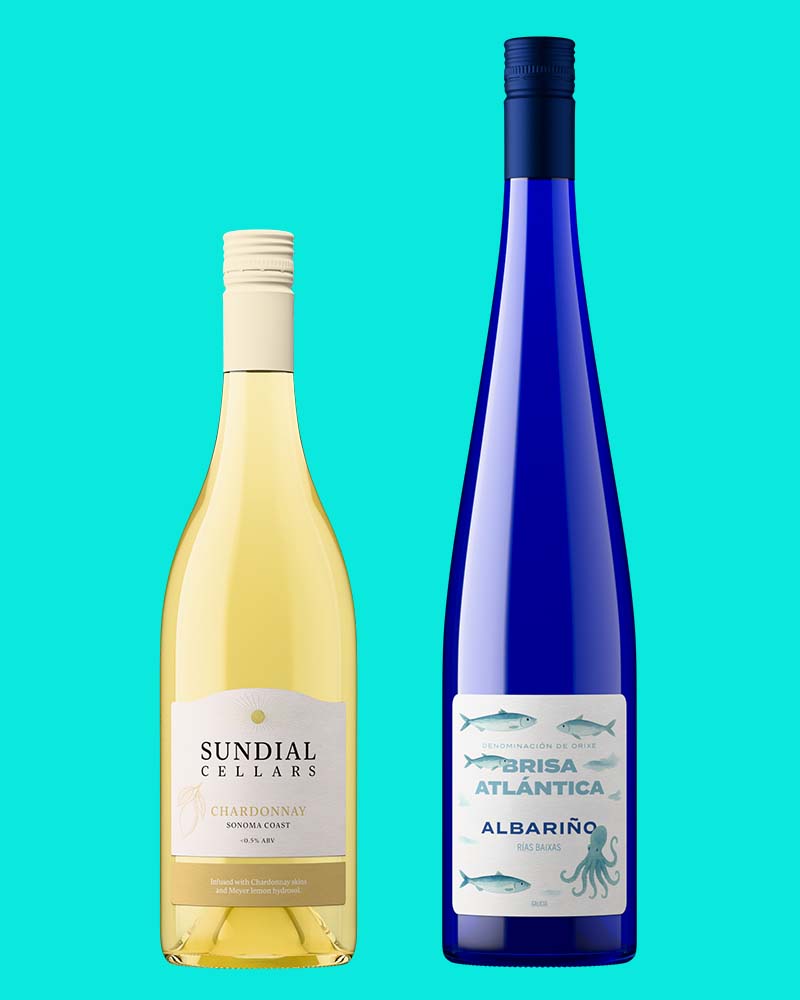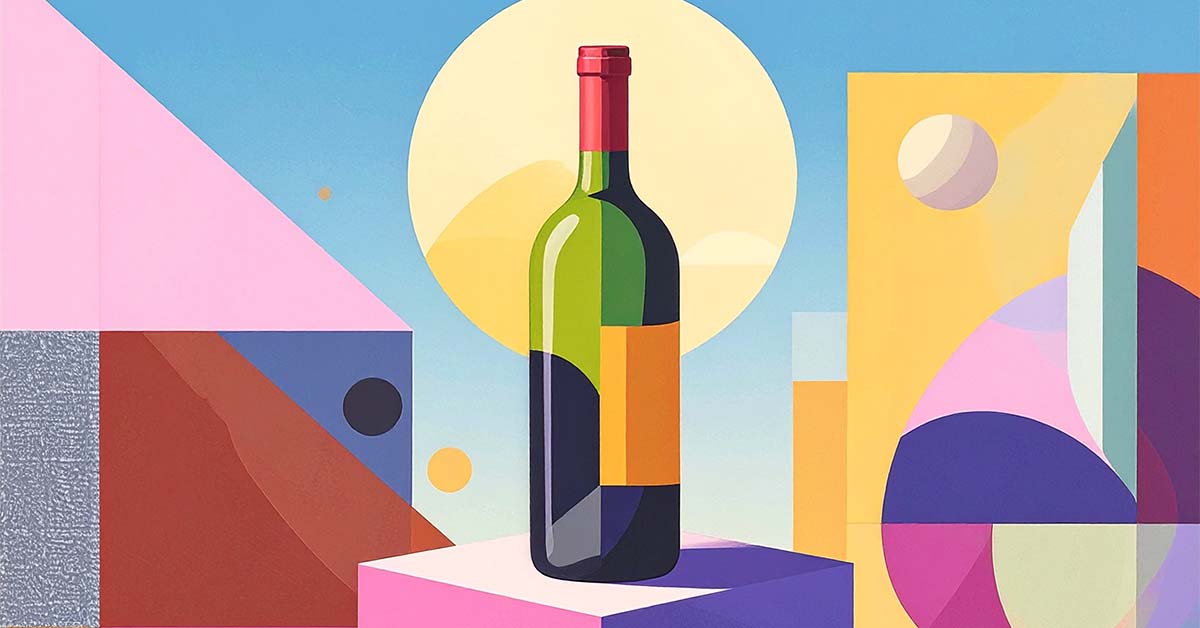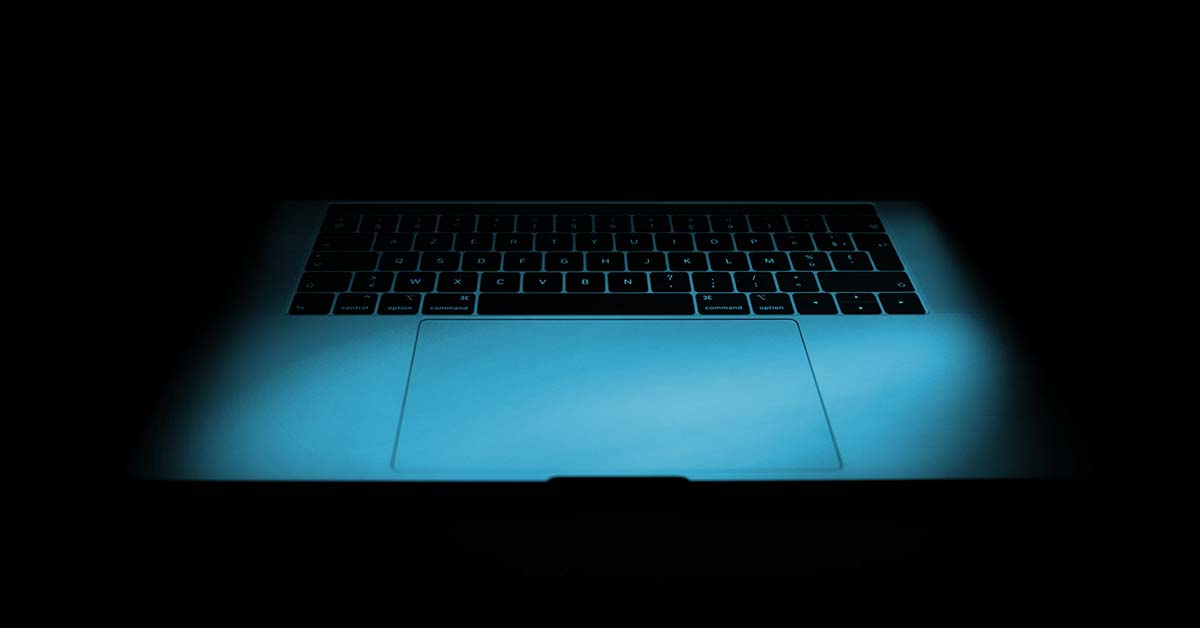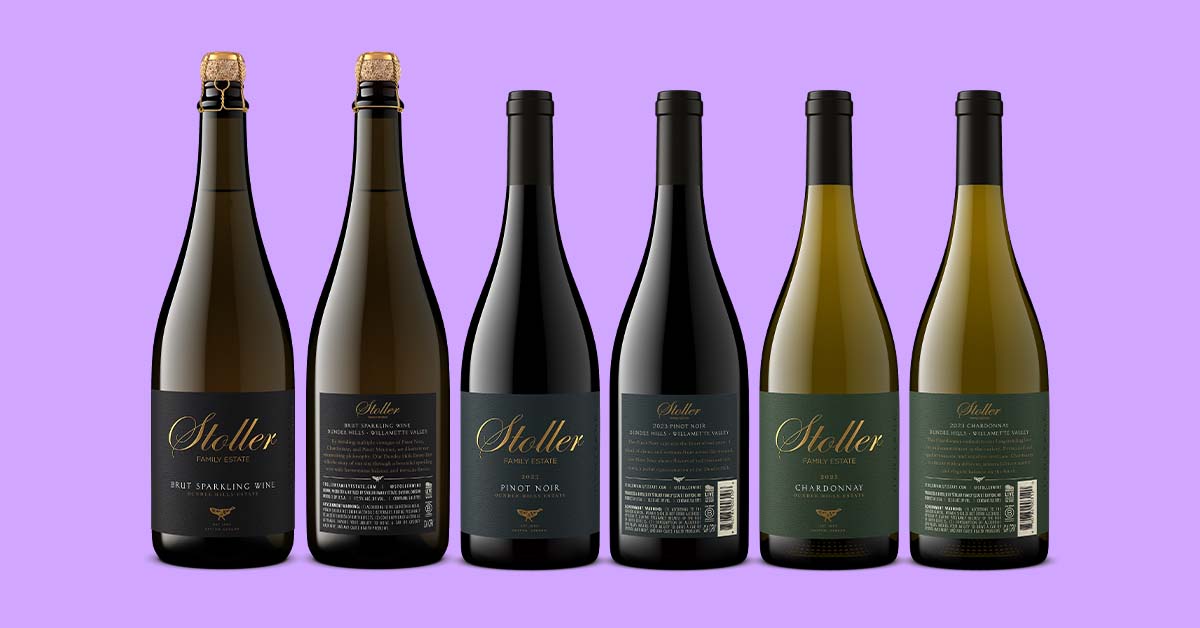How Generative AI is redefining beverage discovery in 2026
What it means for wine, spirits, beer, and everything in between

The way people discover and choose what to drink has changed forever.
In 2026, the average consumer no longer scrolls through endless product listings or relies on a sommelier’s recommendation. Instead, they ask:
“What’s a crisp, low-alcohol rosé that pairs with sushi?”
“Find me a whiskey like Glenmorangie but under $60.”
“Show me the best canned cocktails for a picnic.”
And within seconds, AI assistants like ChatGPT, Gemini, Copilot, or Perplexity generate personalized recommendations, complete with tasting notes, pairing ideas, nearby retailers, and even matching visuals.
Generative AI has become the new gateway between beverage brands and consumers. And that changes everything about how discovery, branding, and trust work online.
From search to suggestion: the new beverage discovery journey
The rise of conversational discovery
In 2025, Google Search still ruled. In 2026, AI-first platforms now dominate how people explore drinks. ChatGPT (powered by GPT-5), Google Gemini, Microsoft Copilot, Claude AI, and Perplexity are the new sommeliers, bartenders, and retail assistants, offering curated recommendations in natural conversation.
Multimodal discovery
Users now show, tell, and ask. A photo of a can uploaded to Gemini or Perplexity, a quick “what’s in this spritz?” prompt in ChatGPT, or a voice query to Siri’s new AI mode: each can trigger instant, context-aware suggestions.
Visual recognition, taste profiling, and even calorie preferences are merging into one seamless experience. That means your product photography, metadata, and storytelling must all be AI-readable and visually optimized.
Cited, not just searched
In this new ecosystem, appearing as a cited source in an AI answer is the new Page 1 ranking. When Perplexity or ChatGPT references your product page, blog, or brand story in its results, you gain instant authority. The question is: will your content (and imagery) be structured enough to earn that trust?
The AI tools shaping beverage marketing in 2026
Here’s where discovery, content creation, and consumer engagement now intersect:
- Conversational AI: ChatGPT (GPT-5), Gemini, Claude 3, Microsoft Copilot, Perplexity AI
- Visual Generation: Nano Banana, Midjourney V6, DALL·E 4, Adobe Firefly, Runway, Kaiber
- Voice & Video AI: Synthesia, ElevenLabs, Runway Gen-3
- Search & Curation: Bing Copilot, Brave Leo, You.com, Scite AI
- Aggregator Directories: Toolify.ai, OpenTools.ai, Futurepedia
The overlap between these tools means beverage brands can now create, test, and deploy marketing materials faster than ever, but only if they start from clean, consistent, and high-quality visuals.
What beverage brands should do right now
1. Make your product data AI-ready
Generative AI thrives on structured, reliable data.
Use schema markup for WineProduct, Beverage, and Offer, including vintage, ABV, flavor descriptors, ingredients, and certifications (organic, gluten-free, vegan).
Include detailed metadata for imagery (Outshinery visuals already provide this foundation) so AI systems can understand what’s pictured and connect it to consumer intent.
2. Write for questions, not keywords
Your customers aren’t searching “best low-alc rosé Canada” anymore. They’re asking that exact question. Build Q&A-based content that mirrors natural speech. Think:
- “Which non-alcoholic gin tastes closest to the real thing?”
- “How do you serve ready-to-drink espresso martinis?”
- “What’s the difference between pét-nat and prosecco?”
AI assistants love these formats and are more likely to feature them in results.
3. Pair AI visuals with brand reality
Generative visuals from tools like Midjourney and Firefly are inspiring, but still approximate. They often miss label nuances, bottle proportions, or glass color accuracy. Outshinery’s role is to bridge creativity with truth: ensuring every render is true to your actual product while staying stunningly photorealistic.
That balance matters: AI systems prioritize trustworthy visuals, not fantasy art.
4. Build credibility through expert voices
AI models increasingly weigh authority and expertise when recommending products.
Publishing educational, brand-authored articles (on your website, LinkedIn, or industry sites like The Drinks Business or Wine Industry Network) helps cement your status as a trusted source AI will reference.
5. Track AI visibility
Just as we track SEO keywords, brands should now monitor AI citations and “AI-origin traffic.” Regularly ask Copilot or Gemini for your category (“best organic cider,” “award-winning RTD tequila”) and see which sources appear. Update your site’s content and structure accordingly.
The bigger picture: where beverage discovery is going
- AI-powered personalization: Assistants now remember preferences: if a user likes “crisp whites under 12% ABV,” that preference carries to the next recommendation.
- Local + delivery integration: Queries like “find a low-sugar canned cocktail near me” now pull from shipping APIs and regional catalogs.
- AR and visual search: Expect label scanning via camera or smart glasses to become standard, turning packaging into a search portal.
- No- and low-alcohol growth: AI recommendation systems treat “alcohol-free” not as a subcategory, but as part of the same dataset, giving mindful drinkers equal discovery power.
Why Outshinery matters more than ever
In a landscape where AI agents decide which products appear, the quality of your visuals and metadata is no longer cosmetic: it’s strategic.
Outshinery creates consistent, technically optimized imagery that:
- Looks flawless on every platform: from Shopify and Commerce7 to Gemini cards.
- Feeds AI systems with structured, trustworthy visual data.
- Ensures your product stands out in both human and machine discovery.
As the digital shelves evolve from search results to smart assistants, Outshinery helps your brand stay discoverable, desirable, and credible, across every channel, and every drink category.
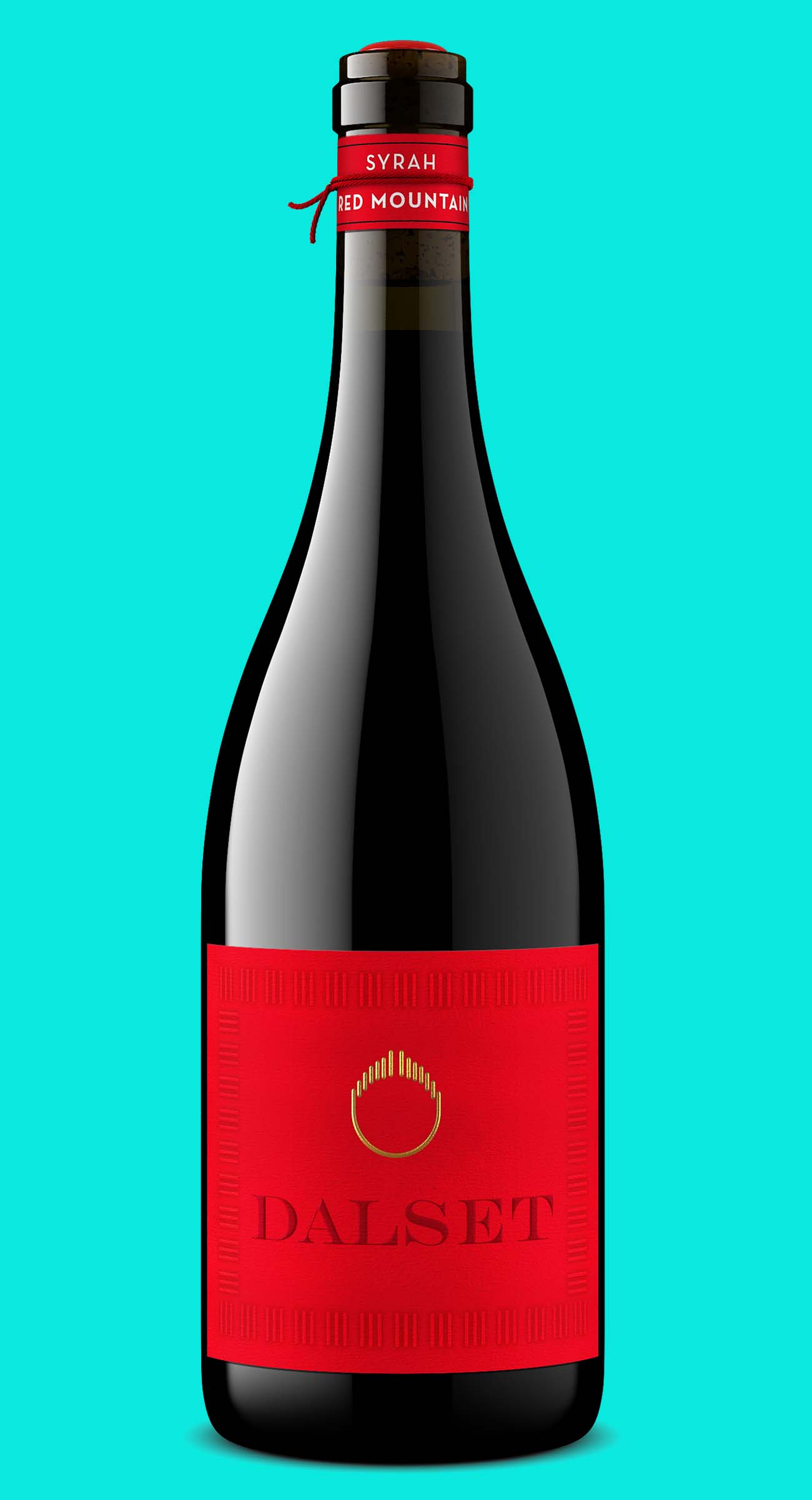
Key takeaways:
- Generative AI now drives how consumers discover and evaluate beverages, from wine and spirits to low- and no-alcohol drinks.
- Tools like ChatGPT, Gemini, Copilot, Claude, and Perplexity are the new gateways to product discovery and brand trust.
- To stand out, brands must provide structured data, authentic storytelling, and accurate, AI-readable visuals.
- Outshinery helps beverage producers stay discoverable with photorealistic, metadata-optimized imagery built for ecommerce and AI platforms alike.
- For a complementary perspective, we recommend this interview with Justin Noland, Vice President of Digital Experience at Treasury Wine Estates.

